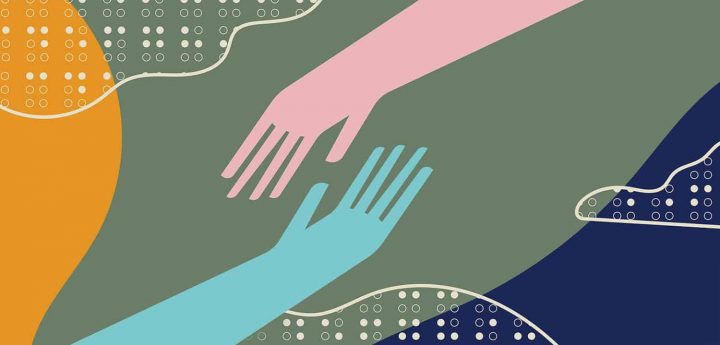A new artificial nerve system developed by researchers in Seoul and Stanford can give the feeling of being touched to a person with prosthetics or even a robot for that matter. This nerve system can mimic the twitch reflex commonly seen in cockroaches and also with this artificial nerve you can identify letters in braille.
Right now researchers have only created an artificial nerve, while this may be the first step, the second involves making entire skin that will give the sensation of feel to amputees, people with prosthetic and to take things a bit further to robots too, to give them some form of reflex on being touched and sensing that touch.
Understanding the skin and its workings:
We not only use our skin for feeling things but it is much more than that. We not only feel, but the skin also signals, and makes decisions all the time based on the feel sensation. In making the artificial nerve, researchers can now focus on making this artificial nerve system into a smart sensory network that not only knows how to transmit pleasant sensations but also to learn when to pass on messages to muscles so that they can react accordingly.
How was the artificial nerve system made?
The whole point in making an artificial nerve system was that it could be placed under future skin- like covering for prosthetics and robots so that it would give the feeling of touch to amputees and robots alike.
The artificial nerve is composed of three integrated parts that work together to create the artificial nerve system. The first component is a touch sensor that sends even minuscule touch signals to a second component which is a flexible electronic neuron. This second component in turn stimulates a third component known as the artificial synaptic transistor which replicates the synapses in humans.
These synapses are used to store data and relay signals in humans and work much in the same way as this in an artificial nerve system. To illustrate the working of three components researchers give the example of a knee.
When the knee is tapped, the knee muscles stretch, the sensors in these muscles send an impulse to the neuron, the neuron in turn sends the necessary signals to the synapses. This synaptic network then understands the pattern of stretch and emits two signals one to contract the knee and the other to the brain to register the sensation.
At present the artificial nerve system has not reached this level of complexity but scientists are well on their way to doing so.
Demonstrations of the nerve system on a cockroach:
In an experiment, scientists hooked up the artificial nerve to a cockroach leg and delivered tiny increments of pressure to the touch sensor, The electronic neuron then converted the signal into a digital signal and relayed the signal to the synaptic transistor which in turn caused the leg to twitch more or less vigorously as the pressure on the touch sensor increased or decreased.







